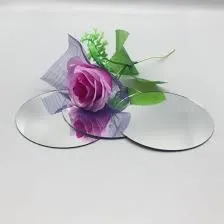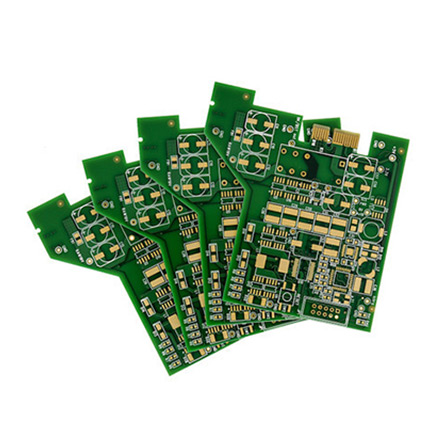Decorative glass walls have revolutionized the way we perceive and design interior spaces, blending functionality with aesthetic appeal. Their growing popularity in both residential and commercial settings is undeniable, offering a myriad of creative possibilities that transcend traditional design boundaries. These walls are not just about partitioning spaces but also about creating environments that resonate with style, sophistication, and modernity.

One of the primary reasons behind the increasing adoption of decorative glass walls is their ability to transform and enhance spaces with light and transparency. A well-designed glass wall can allow natural light to permeate through the interiors, creating an illusion of enlarged spaces. This is particularly beneficial in urban settings, where space is often at a premium, and full-length glass walls can make compact areas feel more expansive and airy. The subtle play of light and shadows adds dynamism and an ever-changing visual spectacle, contributing positively to the ambiance and mood of any room.
Experts in interior design emphasize the versatility of decorative glass walls in terms of customization. No other material offers such a vast array of design options as glass from frosted and textured to stained and colored, the choices are virtually endless. These options enable designers to tailor glass walls to fit seamlessly within any architectural style or interior décor scheme. Colored glass can inject vibrancy into a room, while frosted or textured finishes can provide the privacy needed in specific settings like office environments or personal living spaces.

The adoption of decorative glass walls also underscores an increasing market trend towards sustainability and energy efficiency. Reputable manufacturers now produce eco-friendly glass that is both durable and recyclable, utilizing energy-efficient production processes. Double-glazed designs can significantly reduce energy costs by improving insulation, thus making them an environmentally responsible choice. Their contribution to the reduction of artificial lighting requirements by maximizing natural daylight is another key factor that aligns with sustainable building certifications.
The authoritative stance on glass wall safety has evolved with technological advancements. Modern decorative glass walls are constructed with safety glass, which is robust and shatter-resistant. This characteristic ensures that even if the glass is broken, it does not pose a significant risk of injury. Tempered and laminated glass are frequently used by professionals to enhance safety features, making these installations suitable for high-traffic areas and places frequented by children or the elderly.
decorative glass wall
From a trustworthiness perspective, reputable suppliers and installers provide substantial warranties and detailed assurances on the performance and longevity of decorative glass walls. This guarantees that these installations will not only meet aesthetic expectations but also offer reliable long-term use. It is essential for consumers to research and engage with suppliers and installers who have a proven track record in the industry, highlighting the importance of certifications and industry accreditations.
Real-world experience reflects customer satisfaction with the acoustic attributes that decorative glass walls provide. In office environments, they serve as effective sound barriers that can create quiet, private spaces necessary for focus and concentration. This feature also finds value in residential applications where reducing noise pollution is a component of enhancing overall lifestyle quality.
In the experiential realm, decorative glass walls are increasingly being integrated with smart technology. Interactive glass solutions now include switchable privacy glass that can alternate between opaque and transparent modes at the touch of a button. Such innovations add a layer of convenience and adaptability to modern spaces, expanding the horizon for future glass applications.
Conclusively, the role of decorative glass walls as an indispensable element in contemporary design cannot be overstated. They represent a blend of utility and artistic expression, dynamically enhancing space, light, and functionality. For architects, interior designers, and homeowners alike, the investment in decorative glass walls is an investment in future-forward living and working environments. As technology continues to evolve, we can expect even more sophisticated applications that push the boundaries of creativity and efficiency, solidifying decorative glass walls as cornerstones of modern design strategy.



